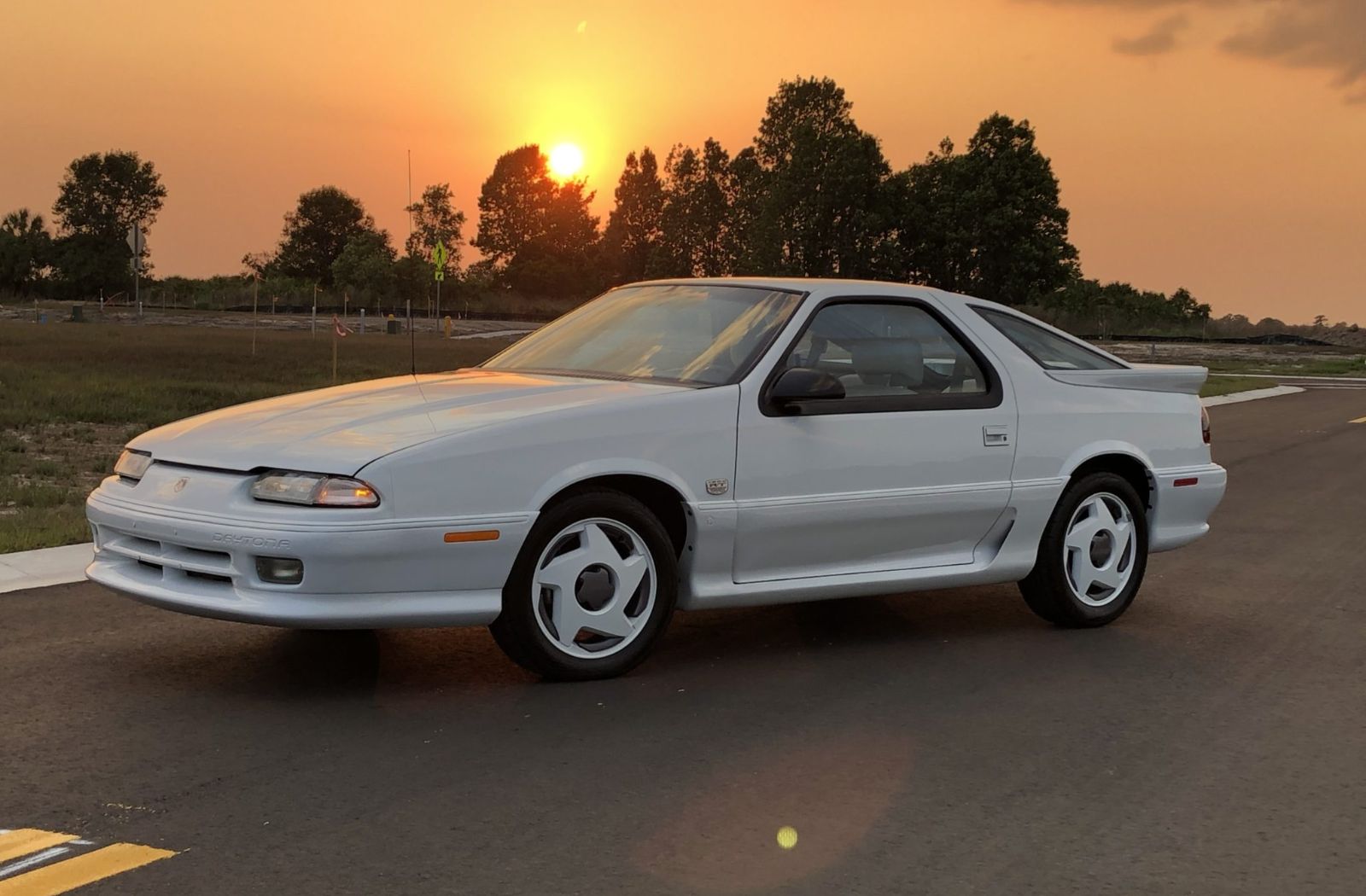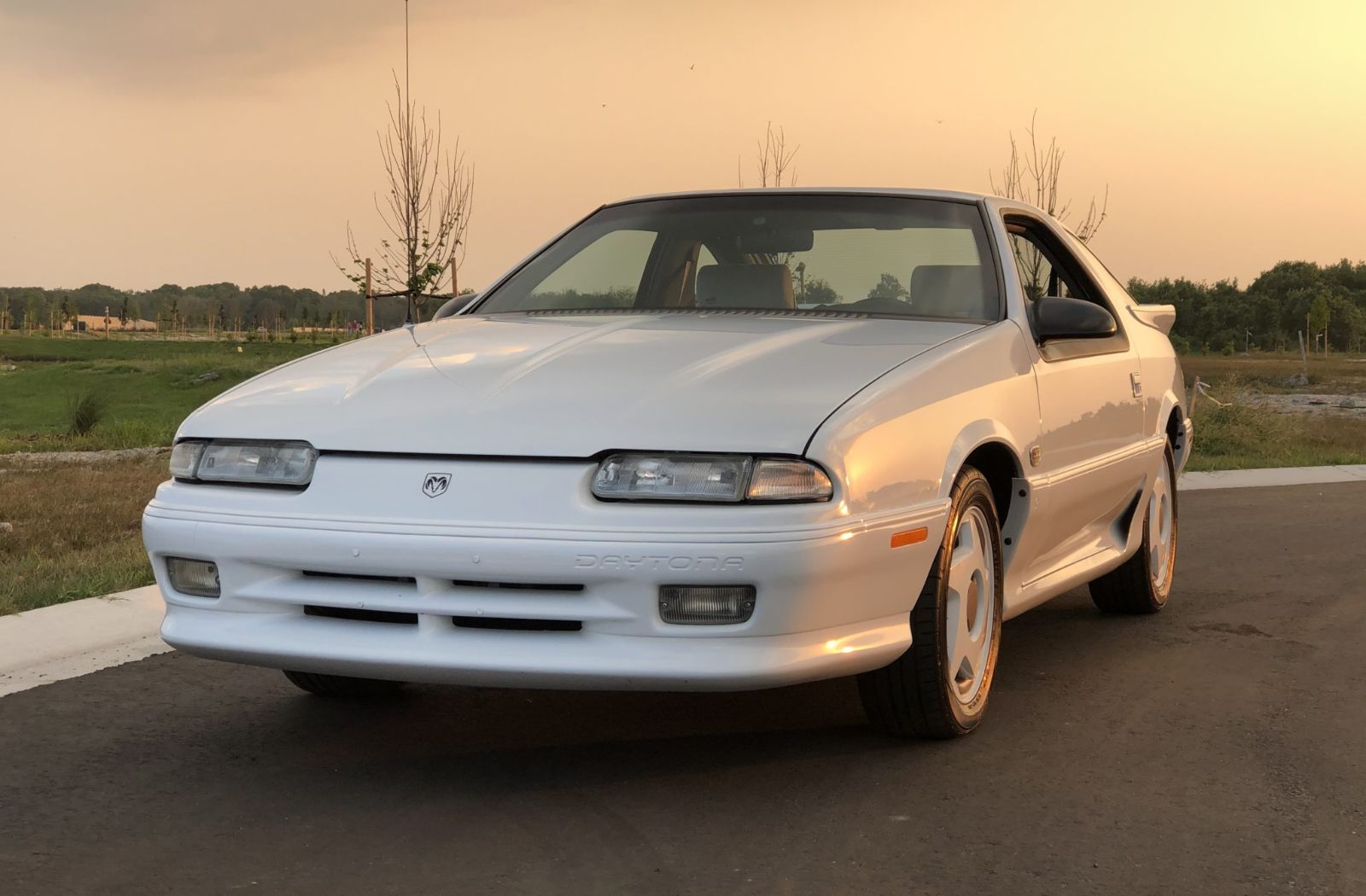The Daytona IROC R/T marked a significant milestone, solidifying a resurgence of performance within the Mopar community. After the decline of muscle cars in the early 1970s, Chrysler took aggressive steps towards downsizing, distinguishing itself from other Detroit manufacturers.
Throughout the 1980s, Chrysler navigated survival by transitioning most of its passenger cars to the compact, front-wheel-drive K-platform, a departure from its earlier strategies. During this era, Mopar’s performance heritage faded, with the only notable models emerging in the late 1980s being rebadged Mitsubishis featuring all-Japanese V6 engines.
However, by the early 1990s, a shift began. Chrysler made waves with the V10-powered Viper supercar, followed by the transformation of the Daytona into a genuine sports car.
The Dodge Daytona: A Brief History
Inspired by the legendary Florida race track, the Daytona nameplate debuted in 1969 on the Charger-based NASCAR homologation special. It later graced the Dodge Daytona hatchback in 1984, replacing the disappointing Mitsubishi Galant-based Challenger.

Initially praised for its turbocharged engines, the Dodge Daytona differentiated itself as a sporty American offering, outlasting its upscale Chrysler Laser counterpart.
Despite not meeting the expectations of muscle car enthusiasts, the Daytona underwent two major redesigns and continued to offer stylish American sports car options until its discontinuation in 1993.
Lotus Engineering Meets Mopar Hatchback
The IROC’s standard engine remained the 3.0-liter Mitsubishi V6, with an optional Turbo I four-cylinder. However, the introduction of the R/T package brought forth the Turbo III engine, a 2.2-liter inline-four developed in collaboration with Lotus.
Equipped with advanced features, the Turbo III engine elevated the Daytona IROC R/T to formidable power levels, challenging rivals in its segment.
Despite its rarity and relatively modest pricing today, the 1992 Daytona IROC R/T stands as a unique example of Mopar’s performance legacy, contributing to the resurgence of American performance cars.

